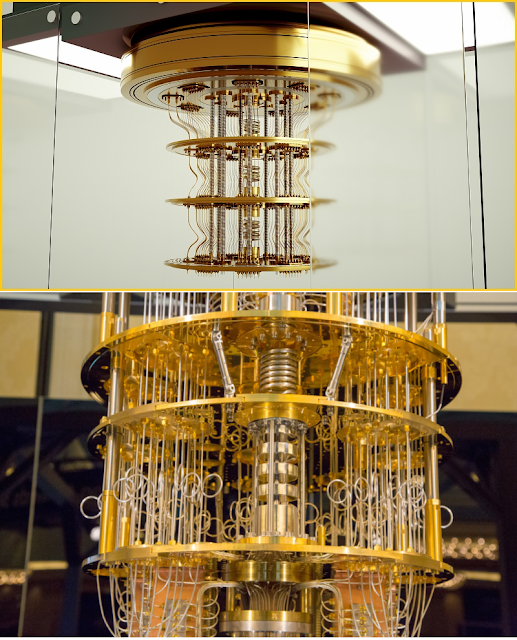In a world-first, researchers have simulated a fault-tolerant quantum code once thought impossible to replicate on conventional computers — marking a major step forward for robust quantum technologies.
A team from Chalmers University of Technology in Sweden, the University of Milan, the University of Granada, and the University of Tokyo has developed a new algorithm that can simulate quantum circuits using the notoriously complex Gottesman-Kitaev-Preskill (GKP) bosonic code. The breakthrough provides a crucial test-bed for future quantum hardware and could accelerate progress towards error-resistant quantum computers.
Why This Matters for Quantum Computing
Quantum computers can theoretically solve problems that today’s supercomputers could never handle, thanks to quantum superposition — the ability of qubits to exist in multiple states simultaneously. This exponential power has applications in fields like medicine, energy, encryption, AI, and logistics.
But there’s a major hurdle: quantum systems are extremely prone to errors. Unlike conventional computers, which have reliable error correction, quantum computers struggle to detect and fix mistakes. This makes developing fault-tolerant quantum hardware and verifying quantum computations critical — but incredibly difficult.
Until now, some quantum computations have been so complex that even the world’s fastest supercomputers would take longer than the age of the universe to simulate them. That’s why this breakthrough is so significant.
Cracking the Code: How It Works
The research team discovered a way to simulate quantum computations that use the GKP bosonic code — a method that distributes quantum information across multiple energy levels in a vibrating quantum system. This makes quantum circuits more resistant to noise and disturbances.
“We have discovered a way to simulate a specific type of quantum computation where previous methods have not been effective,” said Cameron Calcluth, PhD in Applied Quantum Physics at Chalmers University and lead author of the study. “This means we can now simulate quantum computations with an error correction code used for fault tolerance, which is crucial for building better and more robust quantum computers in the future.”
Why Simulating Bosonic Codes Has Been So Hard
Quantum bits (qubits) can hold the values 1 and 0 — and everything in between — at the same time. This means each additional qubit exponentially increases computing power, but also increases sensitivity to interference like vibrations, electromagnetic radiation, or temperature changes. The result? Qubits lose their quantum state, leading to computational errors.
Bosonic codes, such as the GKP code, help by encoding quantum information into many energy levels of a vibrating system. However, these deeply quantum mechanical codes have been nearly impossible to simulate on classical computers until now.
A New Mathematical Tool Makes It Possible
The research team created a new mathematical tool that allows conventional computers to handle GKP-based circuits more efficiently. This enables researchers to test and validate quantum computations that were previously out of reach.
“This opens up entirely new ways of simulating quantum computations that we have previously been unable to test but are crucial for building stable and scalable quantum computers,” said Giulia Ferrini, Associate Professor of Applied Quantum Physics at Chalmers and co-author of the study.
What’s Next?
The new method gives scientists a practical way to verify quantum calculations, paving the way for more reliable, error-corrected quantum hardware. While quantum computers still face challenges before they’re ready for everyday use, breakthroughs like this bring the future of practical quantum computing a step closer.
About the Research
The study, Classical simulation of circuits with realistic odd-dimensional Gottesman-Kitaev-Preskill states, was published in Physical Review Letters. Authors include Cameron Calcluth, Giulia Ferrini, Oliver Hahn, Juani Bermejo-Vega, and Alessandro Ferraro. The research is a collaboration between Chalmers University of Technology, the University of Milan, the University of Granada, and the University of Tokyo.
Credit: Image and illustration courtesy of Chalmers University of Technology | Cameron Calcluth
















